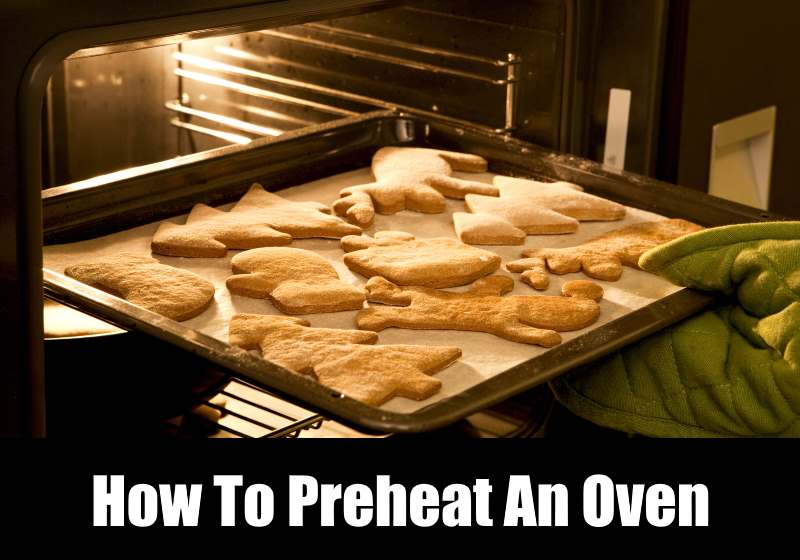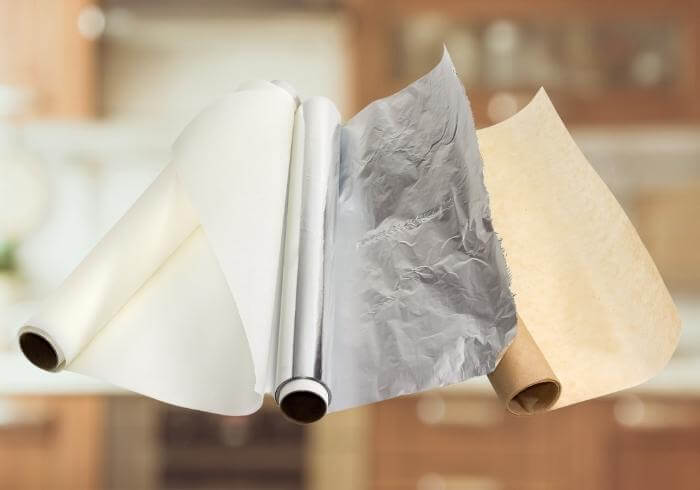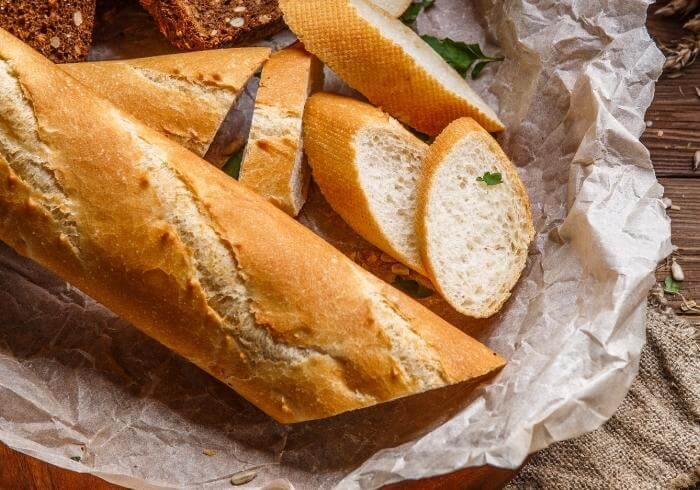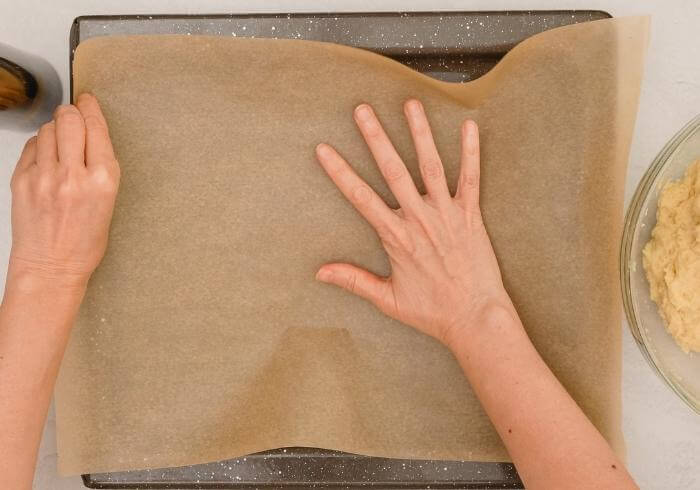Nearly every recipe that requires an oven calls for the oven to be preheated. Generally, this means setting the required baking temperature and not using the oven until the oven reaches that temperature. Is that enough, and is it always necessary?
What Is Preheating?
As previously stated, preheating your oven is turning on the oven and bringing it up to the required baking temperature. Additional preheating can include placing a baking stone or piece of cast iron cookware in the oven to also heat that tool.

Functionally, what you want to do is capture whatever it is you’re baking in the ambient temperature necessary to start cooking your food immediately.
Why Do You Preheat An Oven?
There are some foods that require a preheated oven or they’ll fail, and some foods that should start in the oven while it’s cool.
1) Must Preheat
Any oven in which you want to prepare baked goods that contain a leavening product needs to be preheated.
Starting from a cool oven will result in flat, tough baked goods.
Per cooking authorities at Epicurious, mixing flour and any liquid builds proteins and introduces air. Capturing these proteins and raising the air temperature in the bubbles inside the mesh of proteins in a preheated oven results in light, yummy bread and fluffy cookies.
Also, if you’ve introduced air to eggs for a souffle, you want to capture that air so your dish stays nice and fluffy.
2) May Preheat
Casseroles can often be started in a cool oven, particularly if they’ve got a lot of liquid in them. This slow heating can enhance flavors and result in delicious, complex dishes.
SEE ALSO: Ceramic Casserole Dishes
A refrigerated casserole can easily heat up as the oven warms. Once the oven is hot, let the casserole or roast bake the required time, then pull the lid to add a bit of browning or to let some moisture cook off.
3) Never Preheat
If you like to use make ahead recipes and are prone to transferring casserole dishes from freezer to oven,
never put an ice cold casserole dish in a hot oven.
Allow the dish to thaw in the refrigerator before placing it in the oven, or your dish may break or warp.
How Long Do You Preheat An Oven For?
It may seem wasteful, but you want your oven hot before you put the batter into the cake pans. Additionally, letting your cake batter stand once it’s mixed is not a good idea.
Again, any baked good made with a leavening agent is loaded with air bubbles in the mixing process, and you need those air bubbles to be stable. Get your oven well on its way to the right temperature before you start mixing.
As a general rule, an electric oven is slower to preheat than a gas oven, so take care to give your oven the time it needs to reach baking temperature.
We recommend having your oven fully heated before adding your baked goods so the air mixed into eggs or flour can be activated and produce delicious, fluffy desserts or savory egg dishes.
Final Thoughts
Preheating your oven is generally a simple process. Simply set it to the required cooking temperature and give it time to heat. Once it’s hot, load your baking dishes with batter and quickly get them into the oven to avoid heat loss.











